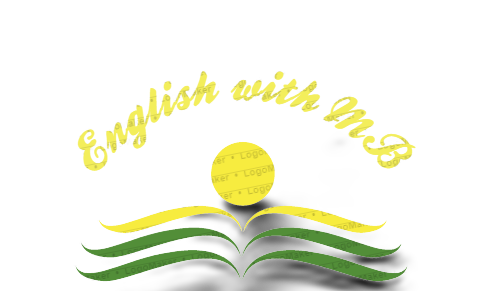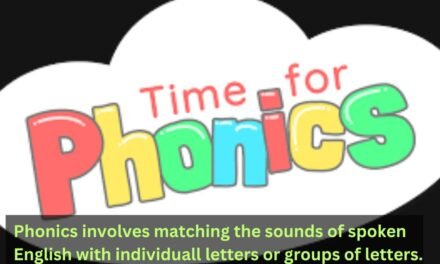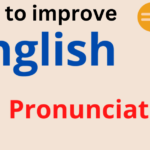Conjunctions via types: The Art of Connection
These are the unsung heroes of language, the linchpins that hold sentences together and create complex, nuanced thoughts. They act as bridges, connecting words, phrases, clauses, and even sentences to create a smooth flow of ideas. This comprehensive guide delves into the world of FANBOYS, exploring their types, uses, and how they can elevate your writing from choppy to cohesive.

Unveiling the Mighty Conjunction
These are a part of speech that join grammatical units. These units can be words, phrases, or even independent clauses (sentences containing a subject and verb that can stand alone). By connecting these elements, conjunctions allow you to express complex relationships and ideas in a clear and concise manner.
Here are some examples of how it work:
- Words: “She wears a red and white dress.” (And joins adjectives)
- Phrases: “I enjoy reading both novels and biographies.” (Both connects noun phrases)
- Clauses: “He arrived late, but everyone was still waiting.” (But connects independent clauses)
Without it, sentences would be a series of disconnected fragments, making it difficult to understand the intended meaning.
A Spectrum of Connections: Types of Conjunctions
Conjunctions come in various forms, each serving a specific purpose in weaving the tapestry of your writing:
Coordinating
These workhorses connect words, phrases, or clauses of equal grammatical rank. The most common coordinating conjunctions are remembered using the mnemonic device FANBOYS:
- For: She likes apples for oranges. (Connects verb phrases)
- And: I went to the store and bought milk. (Connects independent clauses)
- Nor: Do you want coffee or tea? (Connects noun phrases)
- But: The cake was delicious, but it was too rich. (Connects independent clauses)
- Or: We can go to the park or the movies. (Connects independent clauses)
- Yet: She was tired, yet she kept working. (Connects independent clauses)
- So: He failed the exam, so he has to retake it. (Connects independent clauses)

Subordinating
These introduce dependent clauses, which rely on an independent clause for complete meaning. Subordinating conjunctions express a variety of relationships, including time, cause, condition, and contrast.
-
- Examples: Because it was raining, we stayed home. (Cause) If you study hard, you will succeed. (Condition) While I was cooking, my friend called. (Time) Although she was nervous, she gave a great presentation. (Contrast)
Correlative
These conjunctions work in pairs to connect words, phrases, or clauses that have equal importance. Common examples include:
-
- Either…or: Either you come early, or you miss the movie.
- Neither…nor: Neither do I like apples, nor do I like oranges.
- Both…and: Both the soup and the salad were delicious.
- Not only…but also: Not only is she beautiful, but also she is kind.
Choosing the Right Conjunction: When and Why (Not Applicable to Conjunctions Themselves)
Conjunctions themselves don’t have degrees like adjectives or adverbs. However, the clauses they connect can be simple or complex, affecting the overall sentence structure.
The choice of conjunction depends on the relationship you want to express between the elements you are connecting. Here are some additional considerations:
- Clarity:
Use the conjunction that most accurately reflects the intended connection between the clauses.
- Sentence Flow:
Coordinating conjunctions can create a sense of balance and parallelism, while subordinating conjunctions can add variety and complexity to your writing.
- Emphasis:
Certain conjunctions, like “however” or “nevertheless,” can be used to emphasize a contrasting idea.

Practice Makes Perfect:
The key to mastering conjunctions is consistent practice. Here are some tips:
- Read extensively: Pay attention to how authors use conjunctions to connect ideas.
- Analyze sentence structure: Identify the independent and dependent clauses and the conjunctions that connect them.
- Write regularly: Experiment with different types of conjunctions to see how they affect your writing.
- Proofread meticulously: Check for any errors in conjunction usage or sentence
Following up from the previous section, here are some additional tips for using conjunctions effectively in your writing:
-
Avoid Overuse: While conjunctions are essential, excessive use can make your writing sound clunky and monotonous. Aim for variety in sentence structure and consider alternative ways to connect ideas, such as using semicolons or colons.
-
Comma Splice Awareness: A comma splice is a grammatical error that occurs when you join two independent clauses with only a comma and no conjunction. Use a semicolon, a coordinating conjunction with a comma, or rewrite the sentence to avoid this error.
- Example: Incorrect: I went to the store, it was closed. (Comma splice) Correct: I went to the store, but it was closed. (Coordinating conjunction)
-
Subordinating Conjunction Abuse: Don’t overuse subordinating conjunctions to start every sentence. This can make your writing sound overly dependent on complex structures.
-
Formal vs. Informal Writing: Certain conjunctions are more common in formal or informal settings.
- Example: “Whereas” is more formal than “while.”
-
Emphasis and Tone: The choice of conjunction can influence the tone and emphasis of your writing. For example, “however” suggests a stronger contrast than “but.”
Beyond the Sentence: Conjunctions in Compound and Complex Sentences
It play a crucial role in creating compound and complex sentences, which are essential for expressing complex ideas:
- Compound Sentences: These sentences contain two or more independent clauses joined by a coordinating conjunction or a semicolon.
- Example: The movie was long, but it was entertaining. (Coordinating conjunction) I woke up early, so I went for a walk. (Semicolon)
-
Complex Sentences: These sentences have one independent clause and one or more dependent clauses joined by a subordinating conjunction.
- Example: Because it was raining, we stayed home. (Subordinating conjunction) She will succeed if she studies hard. (Subordinating conjunction)
By mastering conjunctions, you can construct a variety of sentence structures, adding depth and complexity to your writing.
Conclusion
Conjunctions, though small, are mighty tools. They bridge the gap between words and ideas, creating a cohesive and impactful flow of thought. By understanding the different types of conjunctions and how to use them effectively, you can elevate your writing to a new level of clarity, sophistication, and precision. So, the next time you sit down to write, remember the power of conjunctions. Choose them wisely, and watch your sentences transform!









Thanks for providing this valuable knowledge. Keep up the great work!
Pretty nice post. I simply stumbled upon your weblog and wanted to say that I have really enjoyed browsing your weblog posts. After all I’ll be subscribing on your feed and I am hoping you write once more very soon!